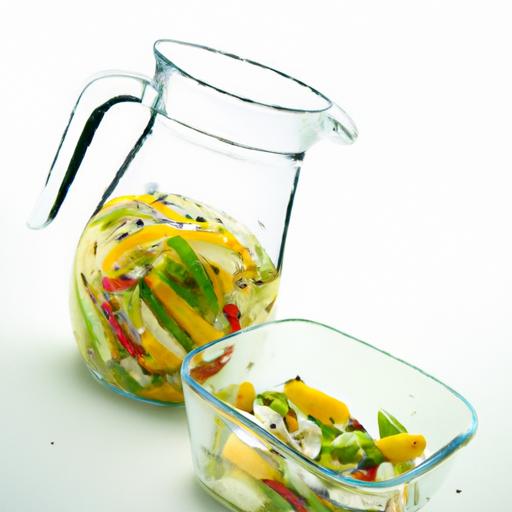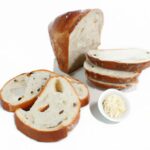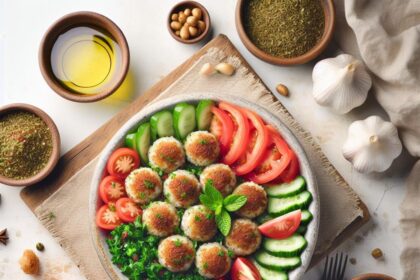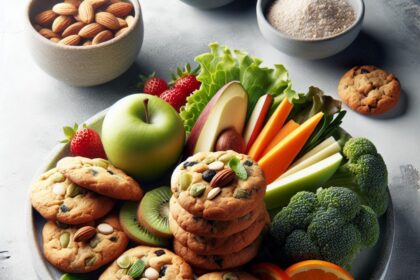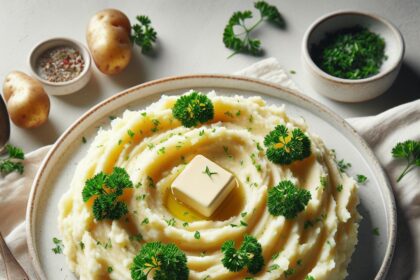In a world where health and sustainability take center stage, the way we store water often goes unnoticed-yet it plays a crucial role in our well-being. Welcome to the realm of smart hydration, where every drop counts and clean, safe water is more than just a convenience; it’s a necessity. Whether you’re filling up your reusable bottle for a morning jog or stocking emergency supplies, knowing the secrets to storing water properly can transform your hydration habits and safeguard your health. Dive in with us as we explore top tips for keeping your water fresh, free from contaminants, and ready to refresh you whenever thirst strikes.
Smart Hydration: Top Tips for Storing Water Safely and Clean begins with selecting the perfect containers to maintain the purity and freshness of your drinking water. Choosing the right vessel is not just about aesthetics; it plays a crucial role in preserving taste and preventing contamination. Glass, BPA-free stainless steel, and food-grade plastic containers each offer unique advantages depending on your lifestyle and storage needs. Visualize a crystal-clear glass bottle resting on your kitchen counter-elegant, durable, and neutral in flavor, making it a top contender for long-lasting freshness.
Prep and Cook Time
- Preparation: 5 minutes
- Storage Time: Up to 72 hours for best quality
Yield
Approximately 1 to 2 liters of safely stored water
Difficulty Level
Easy – Simple but essential best practices
Ingredients
- 1 liter filtered water (using activated carbon or reverse osmosis filtration)
- 1 food-grade glass or stainless steel bottle (preferably with airtight seal)
- Optional: water purification tablets or UV purification pen for extra safety
Instructions
- Choose your container wisely. Sterilize your bottle by rinsing it with warm, soapy water, then rinse with clean water. Allow it to dry completely to avoid bacterial growth.
- Filter the water thoroughly. Use a high-quality water filtration system such as activated carbon filters or reverse osmosis units to ensure optimal purity. This reduces chlorine, sediments, and potential contaminants that affect taste and safety.
- Fill the clean container. Pour the filtered water gently to avoid oxygenation loss and maintain freshness. Leave a small air gap if using glass to accommodate expansion in colder conditions.
- Seal tightly and label. Ensure the lid is properly screwed on to prevent external exposure. Add a label with the filtration date to keep track of freshness.
- Store in ideal conditions. Place your container in a cool, dark place away from direct sunlight and heat sources. Light and heat accelerate chemical changes and microbial growth, deteriorating water quality and taste.
- Maintain routines. Clean your containers weekly by scrubbing with natural cleaning agents like white vinegar or baking soda. Rinse thoroughly and dry fully before refilling. Replace water every 48 to 72 hours for peak freshness.
Chef’s Notes
- Glass bottles are ideal for preserving natural taste and preventing plastic leaching but require careful handling to avoid breakage.
- Stainless steel containers offer durable, lightweight options perfect for travel and daily use but may impart a subtle metallic note that some find noticeable.
- Food-grade BPA-free plastic containers provide convenience but are best used for short-term storage as they may absorb odors over time.
- Utilize water purification tablets or UV sterilizers if you’re uncertain of water source safety, especially when hiking or camping.
- For infused water, prepare fresh daily rather than storing extended periods to prevent bacterial growth from fruit or herbs.
Serving Suggestions
Enhance your hydration ritual by chilling stored water in the refrigerator and serving in elegant glass tumblers with a slice of lemon or fresh mint for visual appeal and subtle flavor. For outdoor use, pair your filled stainless steel container with a matching insulated sleeve to keep water crisp and cold all day.

| Container Type | Durability | Flavor Impact | Cleaning Ease | Cost |
|---|---|---|---|---|
| Glass | Fragile | Neutral | Easy | Medium |
| Stainless Steel | High | Slight Metal | Moderate | High |
| BPA-Free Plastic | Moderate | Variable | Easy | Low |
For further insights on hydration and health, explore our related article on Benefits of Purified Water. To understand water filtration science in depth, trust resources from the Environmental Protection Agency (EPA).
Q&A
Q&A: Smart Hydration – Top Tips for Storing Water Safely and Clean
Q1: Why is storing water properly so important?
A1: Water is life’s essential elixir, but without safe storage, it can quickly become a breeding ground for harmful bacteria, algae, or chemicals. Proper storage ensures every sip quenches thirst, fuels your body, and keeps illnesses at bay-because clean water is the foundation of good health.
Q2: What’s the best type of container for storing water?
A2: Opt for food-grade containers made from BPA-free plastic, glass, or stainless steel. These materials don’t leach harmful chemicals and keep your water tasting fresh. Avoid containers with scratches or cracks, as they can harbor bacteria and compromise water quality.
Q3: How do I keep my stored water clean over time?
A3: Keep containers sealed tight and store them in a cool, dark place to slow bacterial growth and prevent algae. Rotate your water supply every six months, and always sanitize containers before refilling. A splash of unscented household bleach (about 8 drops per gallon) can help disinfect stored water safely.
Q4: Can I store tap water directly, or should I treat it first?
A4: If your tap water is safe to drink, you can store it directly after sanitizing the container. However, if you’re unsure about tap water quality, treat it by boiling, filtering, or adding a safe disinfectant before storage for worry-free hydration.
Q5: How much water should I store for emergencies?
A5: Aim for at least one gallon per person per day for drinking and sanitation. Plan for a minimum of three days, but a two-week supply provides extra peace of mind. Store in multiple small containers for easy handling and versatility.
Q6: Are there smart hydration gadgets for water storage?
A6: Absolutely! From UV-sterilizing water bottles to smart water tanks that monitor purity and usage, technology is making it easier than ever to maintain clean, fresh water. These innovations help you stay hydrated with confidence, whether at home or on the go.
Q7: What’s a simple daily habit to keep my hydration smart?
A7: Clean your reusable water bottle daily, refill with fresh water often, and keep an eye on storage conditions. Hydration isn’t just about drinking enough-it’s about drinking clean, safe water every time. Smart habits make every drop count!
Stay hydrated, stay healthy, and remember: smart storage is the secret to sipping safely!
To Wrap It Up
In a world where every drop counts, mastering the art of smart hydration goes beyond just drinking enough water-it’s about ensuring every sip is pure, safe, and revitalizing. By adopting these top tips for storing water safely and cleanly, you’re not only protecting your health but also honoring the vital resource that fuels your body and mind. So, whether it’s a trusty reusable bottle on your daily commute or carefully sealed containers for emergency preparedness, remember: smart hydration is a simple yet powerful habit that transforms ordinary water into a wellspring of wellness. Drink wisely, store wisely, and let every drop refresh you with confidence.